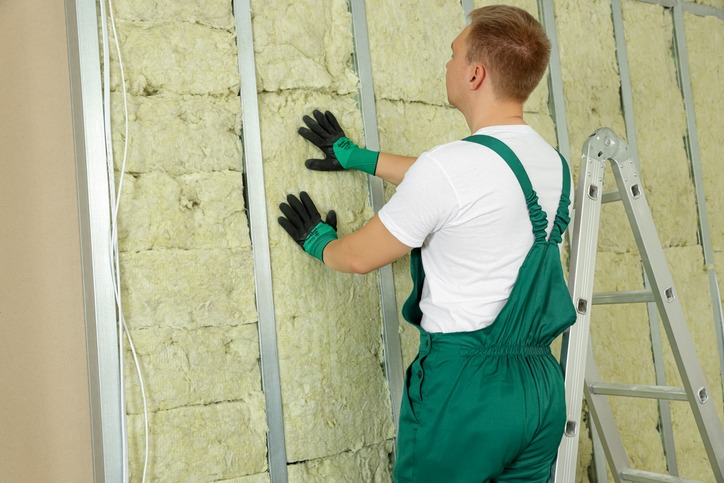Proper home insulation is one of the most effective ways to reduce energy costs, improve comfort, and lower your carbon footprint. With winter heating bills rising, keeping your home well-insulated ensures the heat stays inside, reducing the energy you need to use. This guide explains the best areas to insulate, typical home insulation costs, and potential cost savings.
Loft Insulation
Loft insulation is one of the most cost-effective ways to stop heat loss through the roof.
- Cost: £300 to £500 for professional installation (for an average semi-detached home).
- DIY cost: Around £100 to £150 for materials.
- Savings: Up to £355 per year for a detached house and £150 per year for a semi-detached house.
- Payback time: Around 1 to 2 years.
Wall Insulation
Up to 35% of heat loss can occur through walls, so insulating cavity or solid walls is essential.
- Cavity Wall Insulation:
Cost: £450 to £1,000, depending on the size of the home. Government schemes may provide financial assistance to help with the cost.
- Savings: Up to £295 per year for a detached house and £180 per year for a semi-detached home.
- Payback time: 3 to 5 years.
- Solid Wall Insulation:
- Cost: £8,000 to £15,000.
- Savings: Up to £570 per year for a detached house.
- Payback time: 10 to 15 years.
Floor Insulation
Insulating floors, especially in older homes, can help cut draughts and prevent heat loss through the ground.
- Cost: £800 to £1,200 for suspended timber floors.
- Savings: Up to £130 per year for a detached house.
- Payback time: 6 to 8 years.
Draught-proofing
Draught-proofing is an inexpensive way to reduce heat loss by sealing gaps in windows, doors, and loft hatches.
- Cost: £100 to £200 for professional draught-proofing, or £50 for DIY kits.
- Savings: Up to £125 per year.
- Payback time: Less than 1 year.
Double Glazing
Replacing single-glazed windows with double-glazing reduces heat loss and improves home insulation.
- Cost: £3,000 to £7,000 for an average home.
- Savings: Up to £235 per year for a detached house and £105 for a flat.
- Payback time: 10 to 15 years.
Pipe and Water Tank Insulation
Insulating hot water pipes and tanks helps retain heat, reducing energy waste.
- Cost: £15 to £30 for DIY pipe insulation; £50 to £150 for professional installation.
- Savings: Around £50 to £100 per year.
- Payback time: Less than 2 years.
Roof Insulation (Flat Roof)
Flat roofs can be insulated to improve energy efficiency and reduce heating bills.
- Cost: £1,000 to £2,500 depending on the roof size.
- Savings: Up to £200 per year for a detached house.
- Payback time: 5 to 10 years.
Hot Water Cylinder Jackets
Adding a jacket to an uninsulated hot water cylinder reduces heat loss and lowers energy consumption.
- Cost: £15-£25 for a cylinder jacket.
- Savings: Up to £70 per year.
- Payback time: Less than 1 year.
Total Cost Savings Potential
By insulating various parts of your home, you can achieve significant savings on your energy bills. For a typical detached house, adding loft insulation, wall insulation, and draught-proofing could save up to £1,300 annually, cutting energy costs while improving comfort.
The verdict
Proper insulation is one of the best ways to lower your heating costs, increase comfort, and reduce your home's carbon footprint. Start with easy and cost-effective upgrades like loft insulation, draught-proofing, and pipe insulation, and then consider long-term investments like wall insulation and double glazing. By investing in home insulation, you’ll not only save money but also contribute to the UK's carbon reduction goals. Home insulation is just one of the ways you can save money and help the environment. See our recent article on switching to an EV for more ideas.










